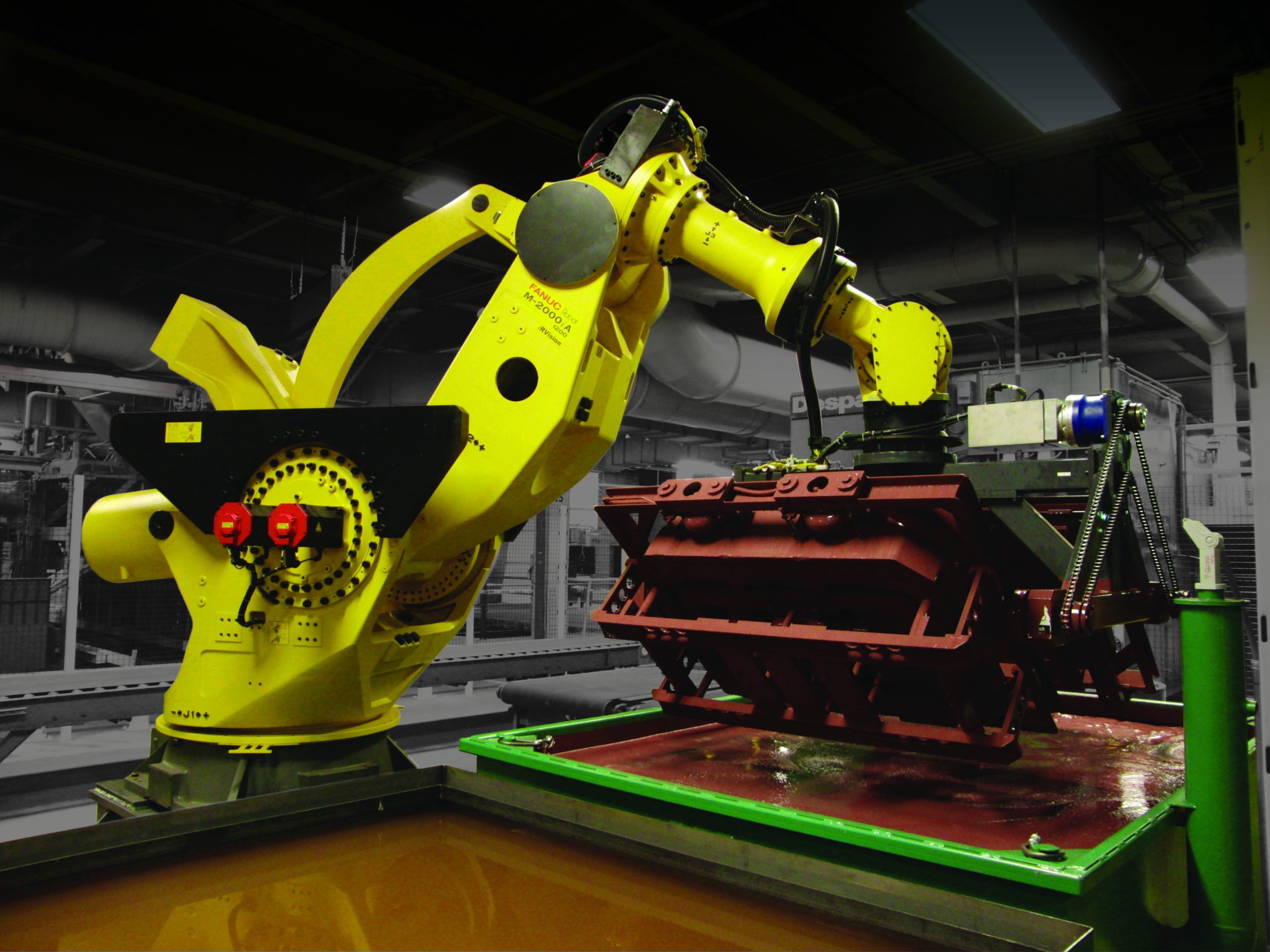In the ever-changing manufacturing industry, robotics are crucial to efficiency and innovation. Integration of industrial robotics in manufacturing processes has transformed the industry, offering an array of advantages companies looking to increase production, quality and competitiveness. Manufacturing robots will play an increasing role in shaping manufacturing’s future as demand for solutions that automate production increases.
Manufacturing robots, also referred to as industrial robots, are specialized machines made to carry out different jobs within the production environment. The tasks could involve welding, painting, and packing and picking and more. Industrial robotics, the field of study and application of these robots focuses on maximizing effectiveness and precision in manufacturing processes.

Automated Solutions Australia, a business that specializes in the creation of industrial robots to provide flexible solutions for manufacturing customers, is at the forefront. ASA industrial manufacturing robots aim to give clients a competitive edge by boosting the quality of their products and increasing productivity. The solutions offered by ASA’s industrial robots that are based on best practices and the importance of quality, are used by companies in diverse industries like automotive, electronics, pharmaceuticals and more.
The benefits of implementing industrial robots in manufacturing are multifaceted. Increased efficiency and productivity is among the primary advantages. Industrial robots perform routine tasks in a precise and consistent manner, resulting in higher production rates. This increases productivity overall and allows companies to quickly satisfy the demands of consumers.
Additionally, industrial robots can help in improving quality control in manufacturing processes. These robots decrease the probability of error by performing tasks precisely and with accuracy and resulting in higher quality goods. This in turn increases customer satisfaction and improves the image of a business for providing high-quality goods.
Alongside efficiency and quality, industrial robots also provide cost-saving benefits. Although the initial investment in manufacturing robots might seem huge however the cost savings over the long term are substantial. Businesses can quickly recover their investment by reducing operational costs by streamlining production processes and removing the need for human labour. Additionally, industrial robots operate around the clock, maximising resource utilization and reducing production costs.
Another benefit of industrial robots is their impact on working environments. They are engineered to produce low noise levels that create a peaceful and more comfortable work environment for workers. In addition, their speed and precision aid in making workplaces safer, by minimizing the risk of injuries and accidents.
Integration of industrial robots is also vital for the future of job creation and employment. While there is a concern regarding automation’s impact on human workers, the reality is that industrial robots offer new opportunities to work. They offer roles in robot programming maintenance, oversight, and supervision, as well and the development of novel technology to aid in robotic manufacturing.
Companies across all industries benefit from this revolutionary technology, as the manufacturing sector embraces the potential of industrial robotics. Industrial robotics has the ability to improve efficiency, effectiveness and the quality of products. It is transforming manufacturing processes and setting new standards of excellence.
Conclusion: The growth of industrial robots and manufacturing robots is revolutionizing the industry of manufacturing. These cutting-edge technologies allow businesses to reach new levels of precision, efficiency and competitiveness. Industrial robots will play a key function as the need for automation continues to grow. They could help in shaping the future of manufacturing as well as drive the pace of innovation.
